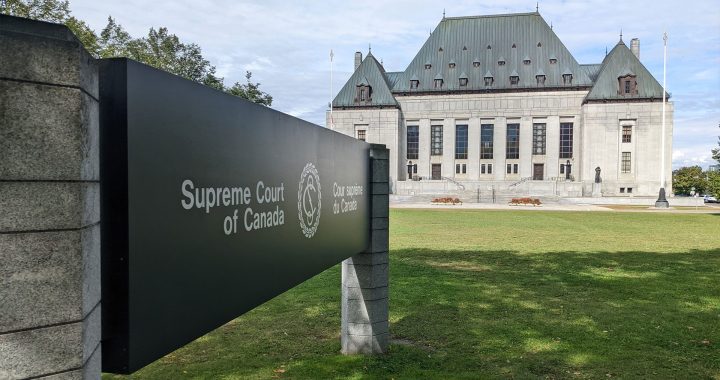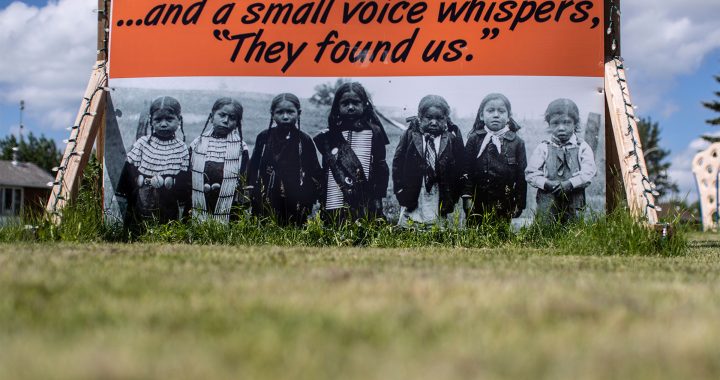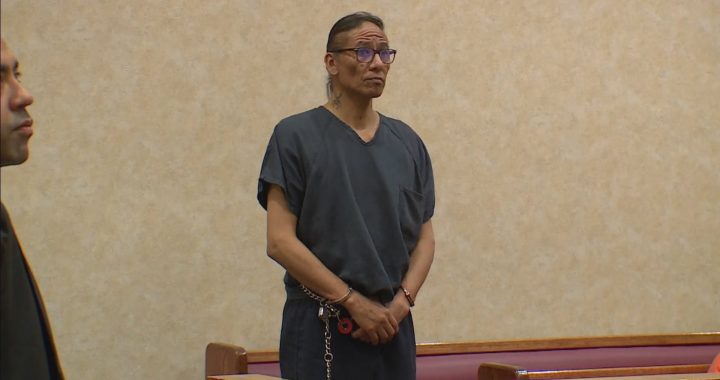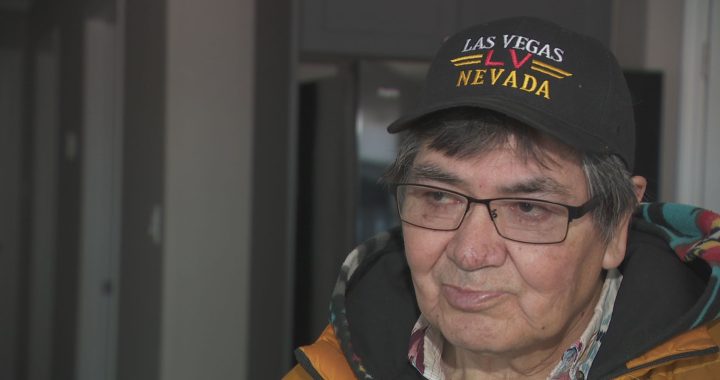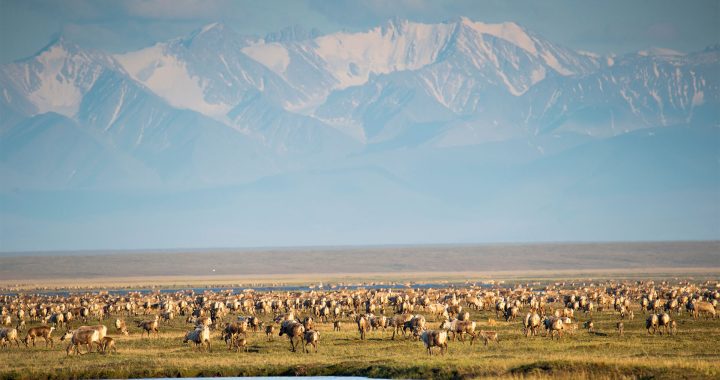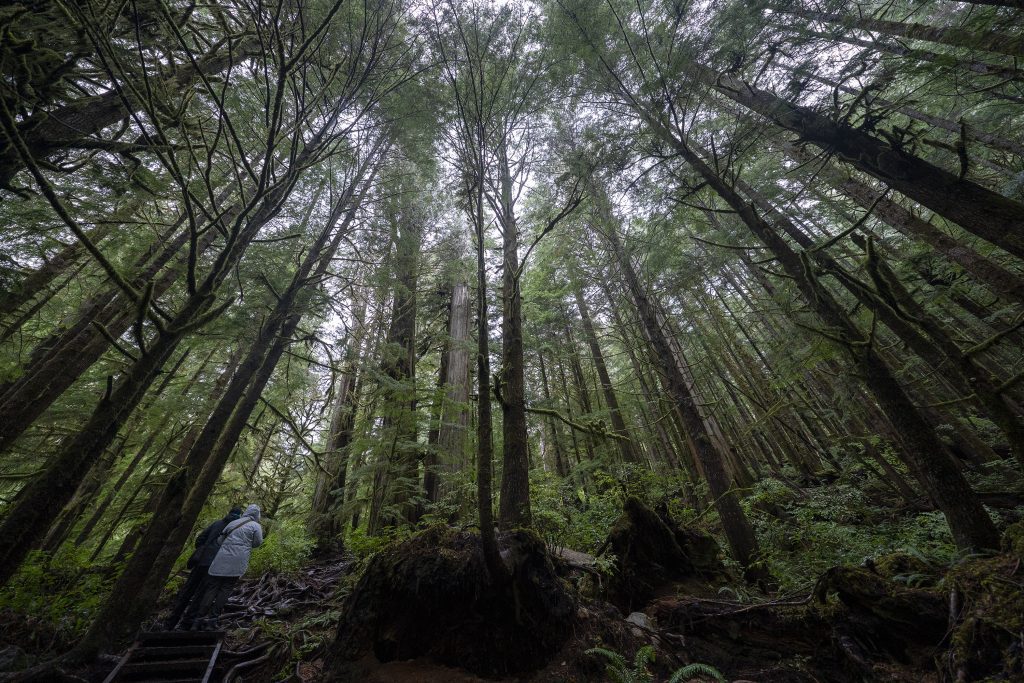
A couple are dwarfed by old growth tress as they walk in Avatar Grove near Port Renfrew, B.C. Tuesday, Oct. 5, 2021. The British Columbia government says it's expanding the logging deferral of old-growth forests to 2.1 million hectares, while bringing in new innovations to better care for forests. THE CANADIAN PRESS/Jonathan Hayward
The Kwiakah First Nation is a small nation of 21 members but it is fighting to save the Great Bear Rainforest in British Columbia.
The M̓ac̓inuxʷ Special Forest Management Area covers 7,865 hectares of forested land, which would be more than 11,000 American football fields, within the Great Bear Rainforest. The creation of the management area followed a consultation earlier in 2024.
“We as Kwiakah people have a vision of the future — where nən (grizzly bears) and their cubs roam through the mossy, misty forests of our territory, finding a bounty of berries, roots, and fish to eat, and where the youth only know their forests as protected and abundant,” said Chief Steven Dick of the Kwiakah First Nation.
The protected forest area will also help create forest steward jobs and a research centre for an Indigenous-led conservation economy.
“What we hope to see is my grandchildren, my great-grandchildren having full access to our territory to be able to look after and manage our forests,” Dick told APTN.
His community of Kwiakah members mostly lives in Campbell River, a community 265 km from Victoria on Vancouver Island.
This is the ninth management area within the Great Bear Rainforest, which prohibits commercial harvesting and allows Kwiakah to practice regenerative forestry to bring the forest back to its pre-industrial state.
“We hope to use the model we developed to share with other nations, if it is something that makes sense for their territory,” said Dick. “It will be a long-term process to bring back healthy forests. It takes time.”
The announcement of the protected area happened days after the B.C government announced an update to their plan for the old growth forests.
In 2020 the province committed to 14 recommendations from a review on their plan for the old growth forest.
In their old growth plan the government committed to double the share of logging revenues going to First Nations and to work with First Nations to develop a guardians and stewardship training program to help expand Indigenous monitoring of the forest.
“B.C.’s longstanding approach to forest stewardship no longer aligns with societal expectations. This is a difficult reality to face, but it is a reality we must confront if we are to continue to benefit from the wealth of B.C.’s forests and ecosystems,” reads the plan.
This was around the same time that the Fairy Creek blockade began in protest against the logging of old growth forests.
The Union of British Columbia Indian Chiefs, or UBCIC, said that the plan was a welcome step but that there needs to be more effort and funding towards keeping old growth forests standing soon.
“Funds must be readily available to First Nations to replace any potential lost revenue, who often face limited economic alternatives to logging as a result of many decades of colonialism and racism,” said the press release.
The UBCIC said that it is important to act quickly and consider the effects of climate change and economic development.
“The release of the Old Growth Action Plan is a welcome step and we are pleased that this government shares our concern for old growth trees. The action plan’s delivery after over four years of increasing temperatures and climate emergency impacts must be accompanied with significant investment and priority in order to protect the forest that is critically essential to sustaining the old growth trees we hold so dear,” said Grand Chief Stewart Phillip, President, UBCIC in a press release.





